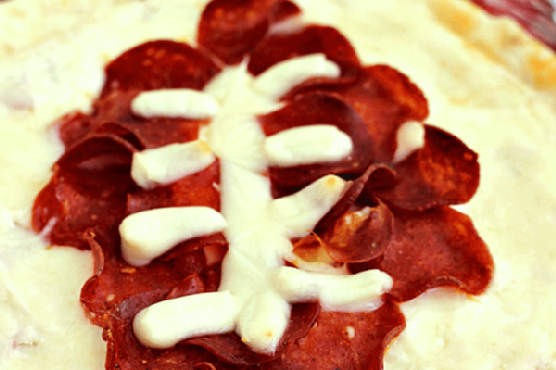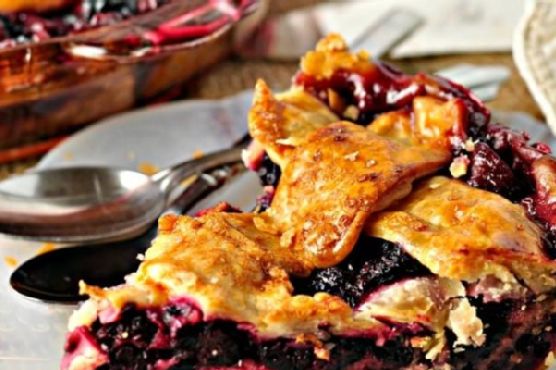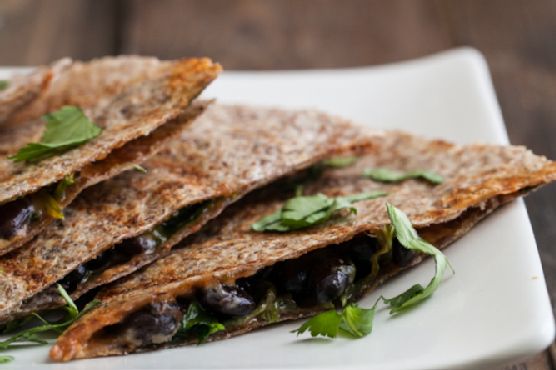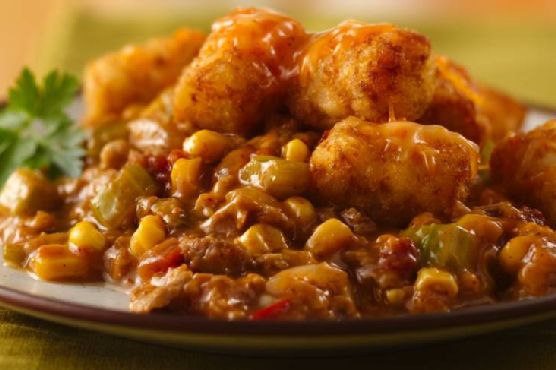Baked potatoes with spicy dhal
You can never have too many side dish recipes, so give Baked potatoes with spicy dhal a try. This recipe makes 2 servings with 540 calories, 23g of protein, and 10g of fat each. For $2.23 per serving, this recipe covers 36% of your daily requirements of vitamins and minerals. 11 person were impressed by this recipe. A mixture of baking potatoes, lime, vegetable stock, and a handful of other ingredients are all it takes to make this recipe so yummy. From preparation to the plate, this recipe takes approximately 1 hour and 10 minutes. It is brought to you by BBC Good Food. It is a good option if you're following a gluten free, dairy free, lacto ovo vegetarian, and vegan diet. With a spoonacular score of 96%, this dish is outstanding. If you like this recipe, take a look at these similar recipes: Dhal Curry With Meat (Gosht Dhal), Seasoned Dhal (Masala Dhal), and Spicy Mesquite Twice Baked Potatoes.
Servings: 2
Preparation duration: 10 minutes
Cooking duration: 60 minutes
Ingredients:
2 baking potatoes (Vivaldi have a lovely, creamy texture)
½ tsp black mustard seeds
210g can chickpeas, drained
½ tsp cumin seed
good handful chopped coriander
3 garlic cloves, sliced
chutney or lime pickle, to serve
1 onion, thinly sliced
1 red chilli, deseeded and sliced
85g red lentils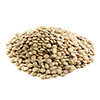
1 tbsp sunflower oil
1 tomato, chopped
½ tsp turmeric
400ml vegetable stock
Equipment:
oven
frying pan
Cooking instruction summary:
Heat oven to 200C/180C fan/gas 6.Put the potatoes in the oven and bakefor 1 hr until tender and the skin is crispy.While they are baking, make the dhal.Heat the oil in a medium pan and fry thespices to release their flavours. As soonas they start to crackle, tip in the onion,garlic and chilli, with a splash of waterto stop the spices from burning. Cookfor 5 mins until the onion softens.Add the lentils, tomato and stock, thencover and cook for 10 mins. Tip in thechickpeas, cover and cook for 10 minsmore until the lentils are tender. Seasonto taste, stir in the coriander and spoononto the jacket potatoes. Serve withchutney or lime pickle.
Step by step:
1. Heat oven to 200C/180C fan/gas
2. Put the potatoes in the oven and bakefor 1 hr until tender and the skin is crispy.While they are baking, make the dhal.
3. Heat the oil in a medium pan and fry thespices to release their flavours. As soonas they start to crackle, tip in the onion,garlic and chilli, with a splash of waterto stop the spices from burning. Cookfor 5 mins until the onion softens.
4. Add the lentils, tomato and stock, thencover and cook for 10 mins. Tip in thechickpeas, cover and cook for 10 minsmore until the lentils are tender. Seasonto taste, stir in the coriander and spoononto the jacket potatoes.
5. Serve withchutney or lime pickle.
Nutrition Information:











